Out For Blood
HOSA Sponsors Schoolwide Blood Drive
The van of We Are Blood, the primary blood donation organization in the Austin area, sits outside the school. According to senior and HOSA officer Jennifer Pham, the blood drive required coordinating with We Are Blood and the school. “Planning the blood drive required many months of planning and lots of communication with the company We Are Blood and the school,” Pham said. “For us to have a successful blood drive, there were lots of requirements that we had to meet. We had to have a certain amount of donors to even be considered.”
April 13, 2023
Just one donation can save three lives. That’s why HOSA organized the first schoolwide blood drive to take place since the COVID-19 pandemic on March 30, taking blood from a total of 55 donors.
The drive went from 9 a.m. to 3 p.m. in the lecture hall and let anyone above the age of 17 with a minimum weight of 115 pounds and a signed parental consent form participate. According to senior and HOSA officer Jennifer Pham, the drive was meticulously planned with other organizations.
“Planning the blood drive required many months of planning and lots of communication with the company We Are Blood and the school,” Pham said. “For us to have a successful blood drive, there were lots of requirements that we had to meet. We had to have a certain amount of donors to even be considered.”
Once a donor was screened per blood donation guidelines, they were taken to one out of several desks in the room where stations were set up. Their arm was then sanitized while they received instructions for the process, which involved sticking a needle into the donor’s arm and letting the blood drain out into a small container. Afterwards, they were free to go, although a few donors did feel the side effects of having a relatively large amount of blood drain quickly.
“The side effects of donating blood are different for everyone,” Pham said. “When in the room, I saw some donors feeling faint and nauseous, while others were completely fine.”
All in all, the blood drive took blood from 55 donors, which Pham said was equal to 165 lives saved. According to Pham, the amount of demand for blood at any given time is extremely high, as the American Red Cross estimates that someone in the U.S. requires a blood transfusion every two seconds. Anything from injuries with significant blood loss sustained during a car crash or natural disaster to illnesses that cause anemia, like leukemia and kidney disease, require a blood transfusion.
“This year was our first time planning and bringing back the blood drive since COVID-19,” Pham said. “As a HOSA officer, our team wanted to help the community because blood is highly demanded every year.”
With a successful blood drive under their belt, Pham said HOSA wishes to establish a more regular, annual blood drive that students could participate in. A few tweaks, however, will be made to their original plan.
“During the blood drive, some people wanted to donate but didn’t know about it,” Pham said. “Something we could change is improving our advertising about the blood drive to more people at school so others are aware of the upcoming blood drive. Blood drives help people in need and people in the community [and save] the lives of others.”

![Posing with their UIL State Trophy, the Robolobos Van Halen Team beams with excitement after their win. “It was a team effort,” junior Noah Vo said. “I was happy because something happened in the first match and the match was also really close. So [when] they finally revealed it, I was pretty happy.” Photo courtesy of Amy Lovelace](https://cphswolfpack.com/wp-content/uploads/2025/05/IMG_0910-EDIT-1200x723.jpg)

![Broadcast, yearbook and newspaper combined for 66 Interscholastic League Press Conference awards this year. Yearbook won 43, newspaper won 14 and broadcast took home nine. “I think [the ILPC awards] are a great way to give the kids some acknowledgement for all of their hard work,” newspaper and yearbook adviser Paige Hert said. “They typically spend the year covering everyone else’s big moments, so it’s really cool for them to be celebrated so many times and in so many different ways.”](https://cphswolfpack.com/wp-content/uploads/2025/05/edited-ILPC.jpg)


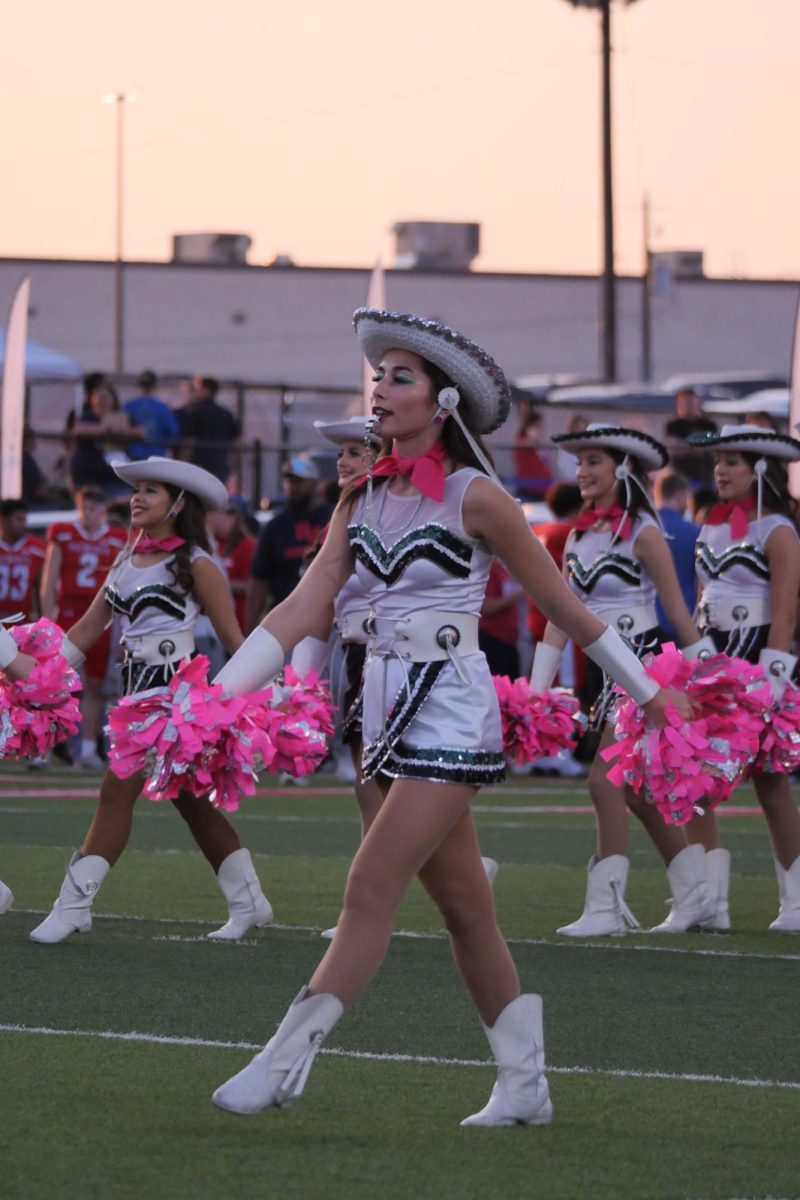





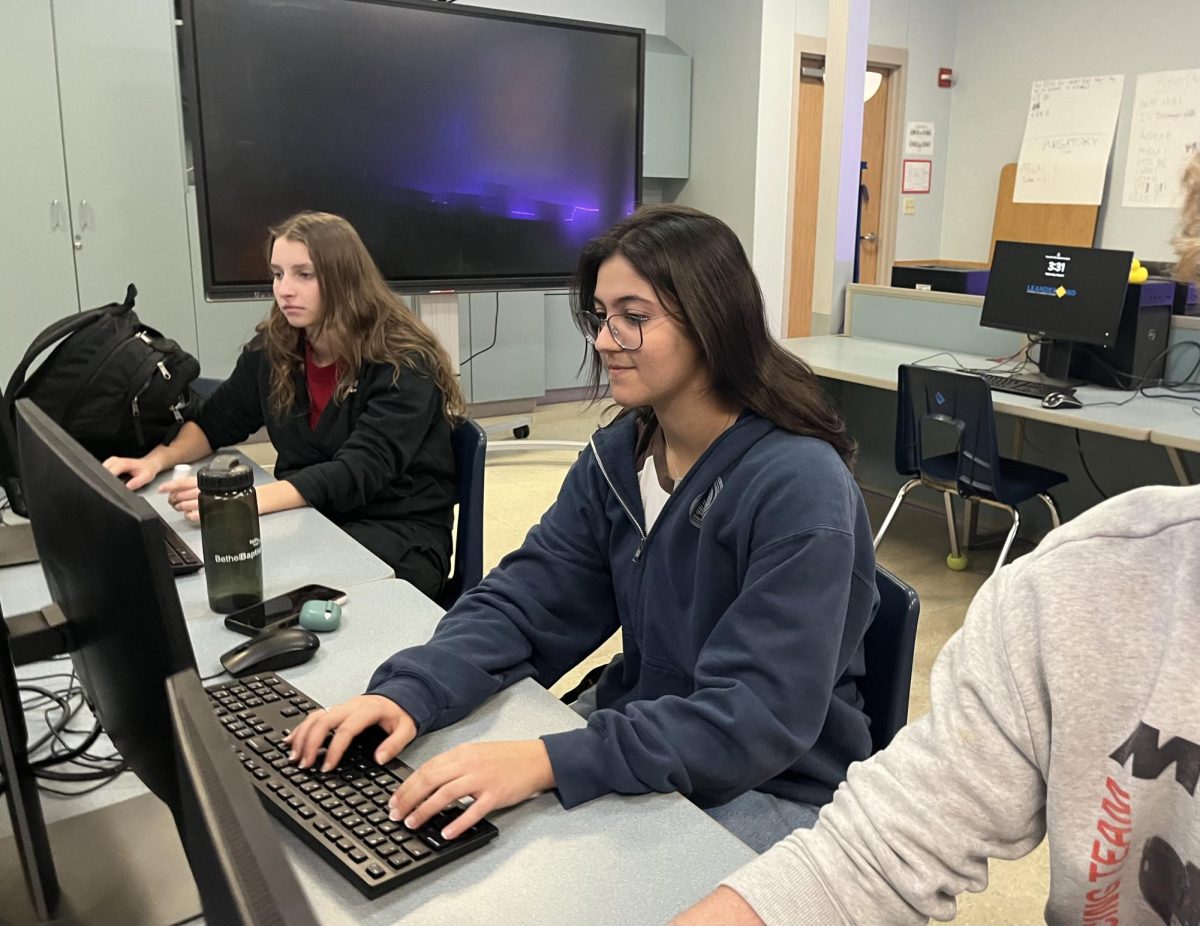


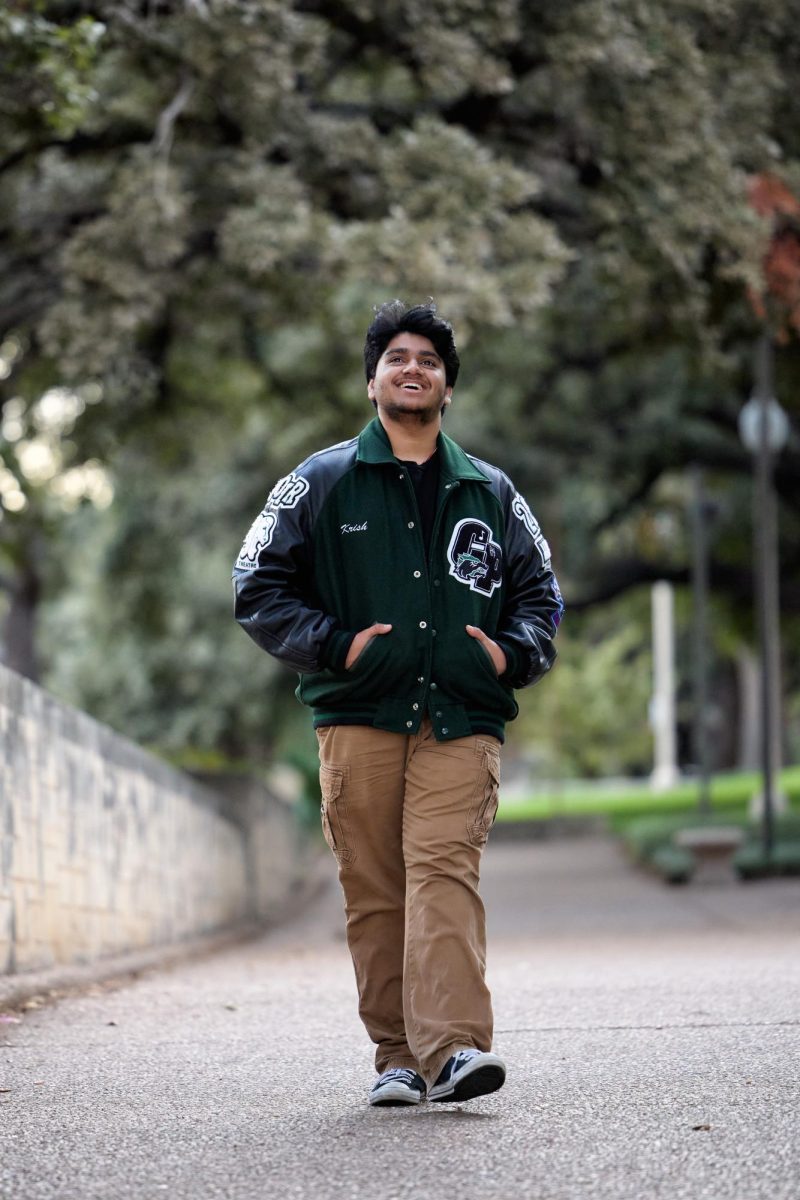
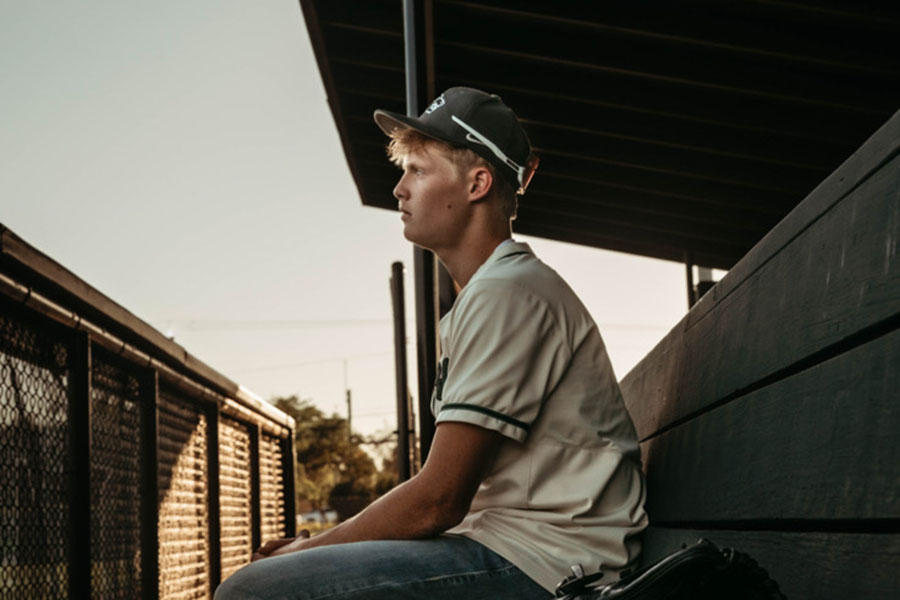
![Bringing her arm over her head and taking a quick breath, junior Lauren Lucas swims the final laps of the 500 freestyle at the regionals swimming competition on date. Lucas broke the school’s 18-year-old record for the 500 freestyle at regionals and again at state with a time of 4:58.63. “I’d had my eye on that 500 record since my freshman year, so I was really excited to see if I could get it at regionals or districts,” Lucas said. “ State is always a really fun experience and medaling for the first time was really great. It was a very very tight race, [so] I was a bit surprised [that I medaled]. [There were] a lot of fast girls at the meet in general, [and] it was like a dogfight back and forth, back and forth.” Photo by Kaydence Wilkinson](https://cphswolfpack.com/wp-content/uploads/2025/03/Kaydence-2.7-23-edit-2.jpg)
![As the support team sits and poses for a photo in the cafeteria with the counseling team they eagerly wait to start their day. "We [all] seem to be a team, I get up every day and there's days where I don't want to go to work today, but I'm thankful that I have a job and I'm blessed to have what I have," Christopherson said. Photo Courtesy of Julie Weltens.](https://cphswolfpack.com/wp-content/uploads/2025/01/AF9E8470-10D7-4C91-BF28-EC8F86BAB66C-1200x852.jpeg)
![Officer Stephanie Cash is in her second year as an SRO at CPHS. “Seeing [students] grow over the years has been kind of cool,” Officer Cash said. “Freshmen that [are] all over the place and then in the next couple of years get a little more squared away and go to class and do work and start thinking about the future. Being a part of a student's growth is the best way to measure my success as an SRO.” Photo Courtesy of Cedar Park Police Department's PIO, Alicia Gallagher.](https://cphswolfpack.com/wp-content/uploads/2024/12/CPHS-SRO-900x1200.jpg)



![Taking a breath as he raises his arm up and out of the water, sophomore Kaden Padilla swims the 500 freestyle at the UIL state meet on Feb. 21-22. Padilla placed 10th overall and second in the consolation final in the event, dropping two seconds. “My family was there, so being able to drop time for them was really special,” Padilla said. “It was awesome [finding out I advanced to the consolation finals]. I wasn’t expecting it, and I was very surprised. My parents being there definitely made me a lot happier knowing they got to see me swim in finals.” Photo by Skyler King.](https://cphswolfpack.com/wp-content/uploads/2025/03/kaden-padilla.jpg)

![Three defenders try to stop senior point guard Hope Edwards before the ball leaves her hands. The girls basketball team faced Liberty Hill on Feb 21, losing 58-40. “[My season was] definitely bittersweet,” Edwards said. It's definitely sad [because] I'm gonna miss all my teammates, my coaches and just the whole CP environment.”](https://cphswolfpack.com/wp-content/uploads/2025/03/julia-128-1200x800.jpg)




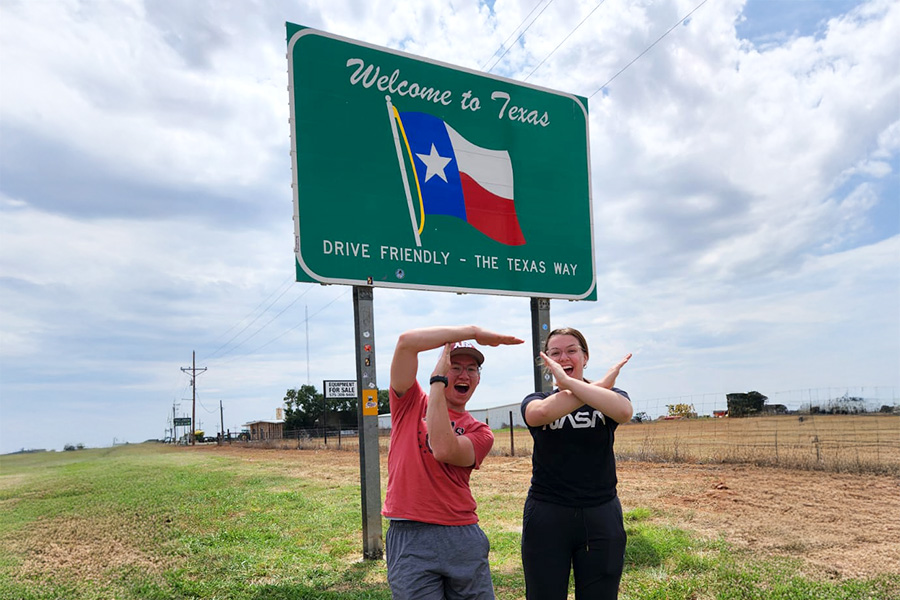


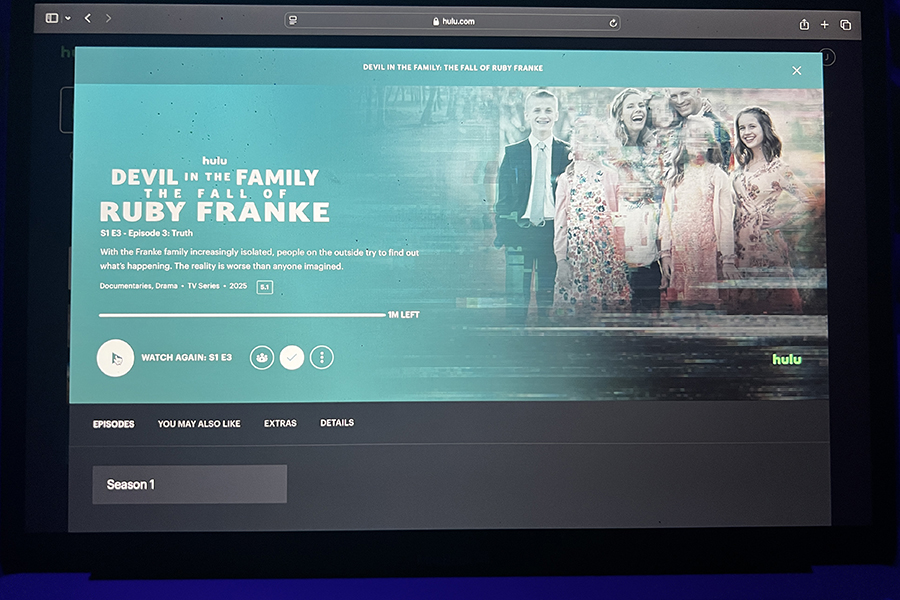





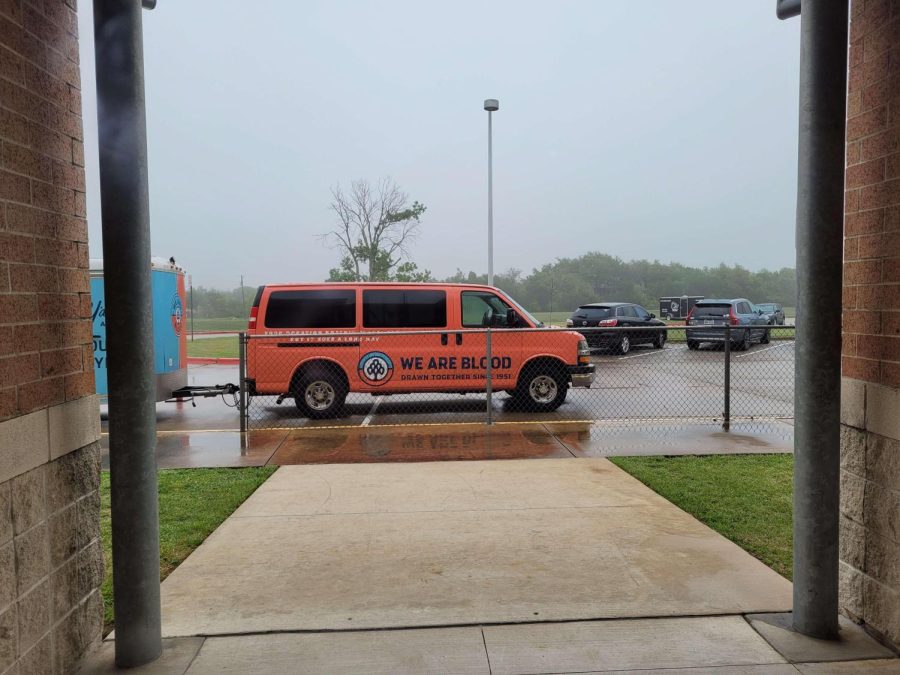
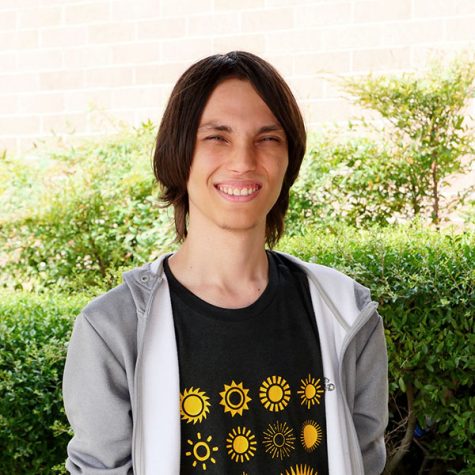


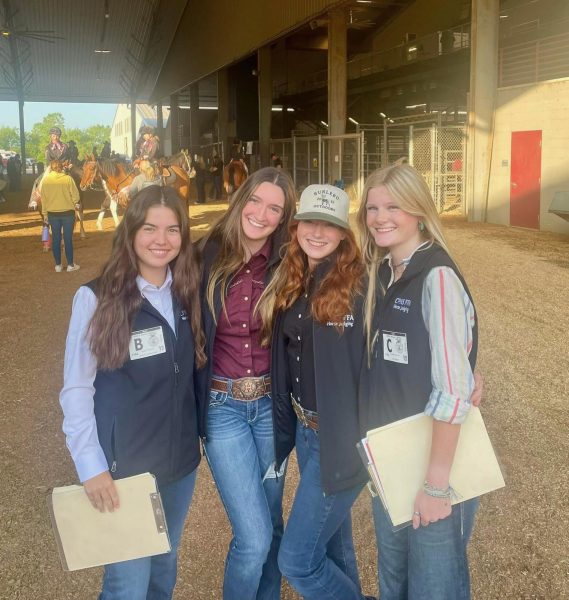
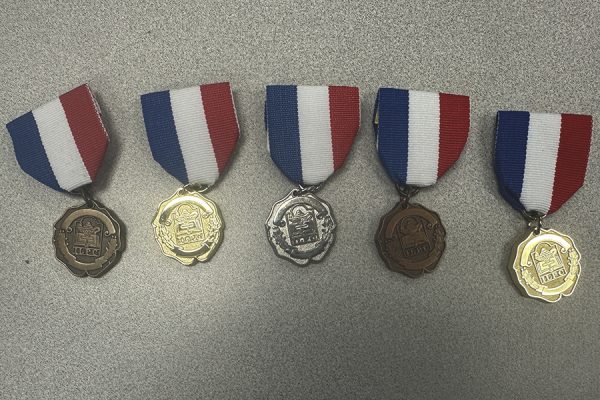



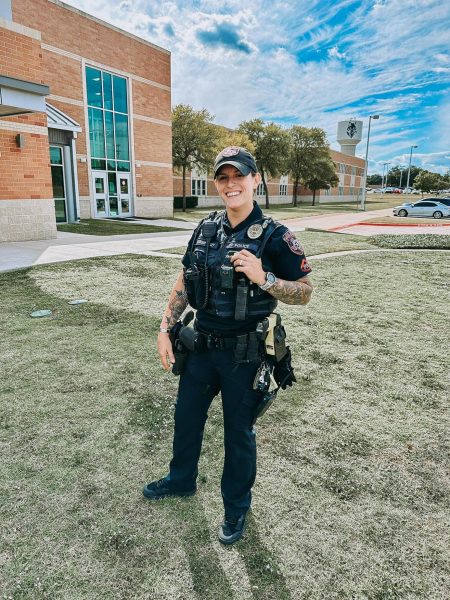




![Whereas classical art depicts a scene and tells a story, often of mythology or religious references, artists of modern times focus more on expressing ideas and feelings. The style of back then has since been replaced by splashes of color, curvy lines and other new art techniques. "[Over time] I think art has shifted more to emotion rather than human beauty, " sophomore Braeden Murray said. "Modern art is significantly more abstract and doesn't have an obvious theme in mind. Very simple shapes, no people to be seen, and more colorful. I think in the older [time period] the art was definitely more human based, with biblical [references] while modern art is more emotion based because it's not depicting a particular scene or action that's happening.”](https://cphswolfpack.com/wp-content/uploads/2023/02/2023-vs-1503-300x200.png)




